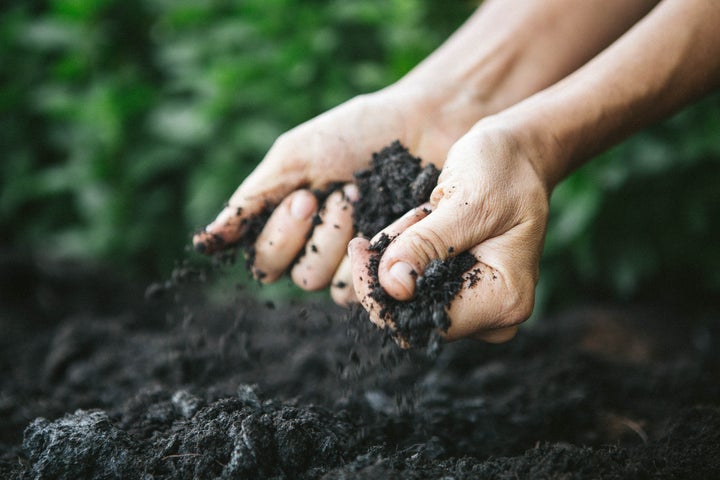The UK’s soils are not as resilient to the impacts of climate change as experts previously thought, according to new research. The damage could affect plant life, the wider ecosystem and our own food security.
Researchers at the University of Manchester and University of Lancaster have discovered new lengths to the impact droughts have on soils at a microbial level.
Changes in vegetation composition and the soil’s moisture from an increase in droughts and heatwaves were measured in the study, which charted the impact on the soil’s underlying organisms and microbial networks.

“Our hot and dry summer this year is a ‘wake up’ to prepare for future weather stresses. We have just had the hottest 10 years in UK history,” Professor Nick Ostle from the Lancaster Environment Centre said.
“This work shows that continued summer droughts will change soil biology. This matters as we plan for ensuring food security that depends on healthy soil.”
The research team tested the effects of summer drought on plant communities consisting of four common grassland species. It is a step forward for estimating the current and future impacts of drought and heat on soils.
“These microbial communities within the soil play a crucial role in any ecosystem. But it wasn’t known how soil networks respond to such disturbances until now,” Dr Franciska de Vries, lead author at Manchester’s School of Earth and Environmental Sciences, said.
She told HuffPost UK that a large concern from the study is that while it discovered the effect of one drought on soils, the soil communities could lose even more carbon and suffer even more damage under more droughts in the future, impacting grasslands and food production. “This further underlines the importance of knowing what’s happening below ground during extreme weather circumstances like drought,” she said.
The findings were published in scientific journal Nature Communications.